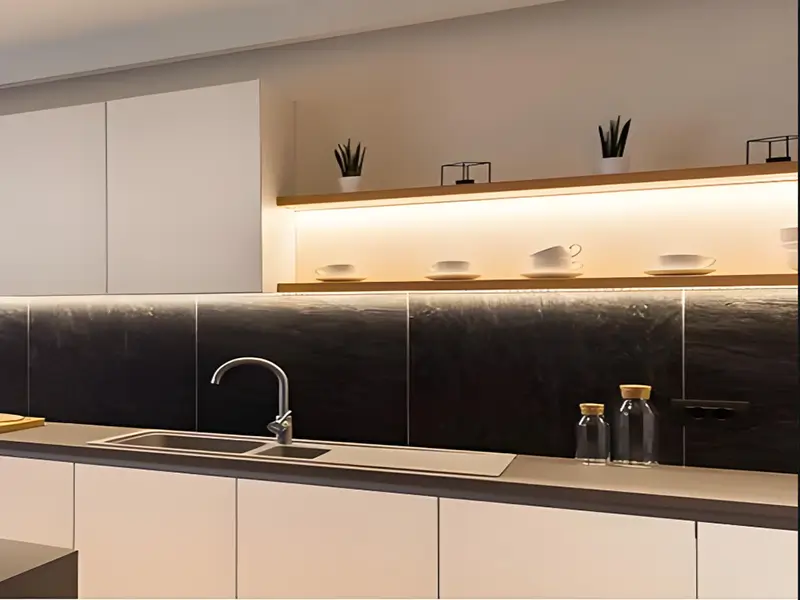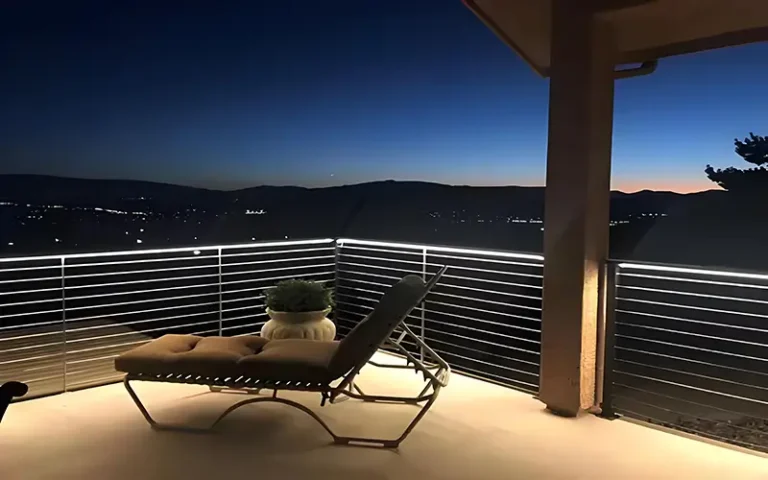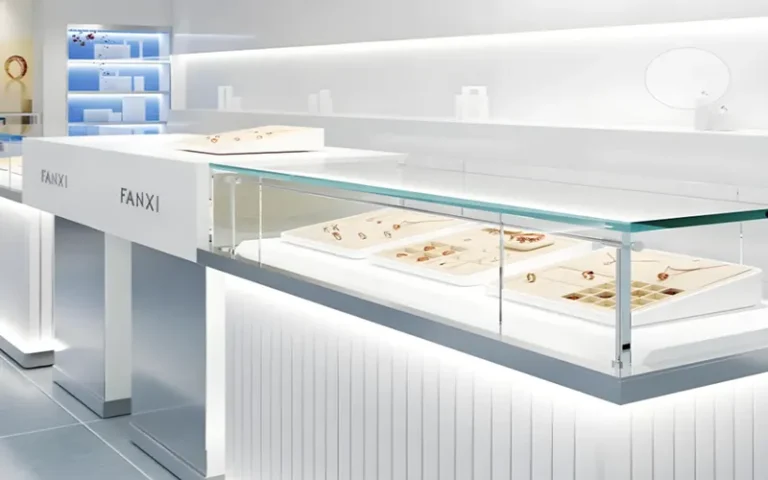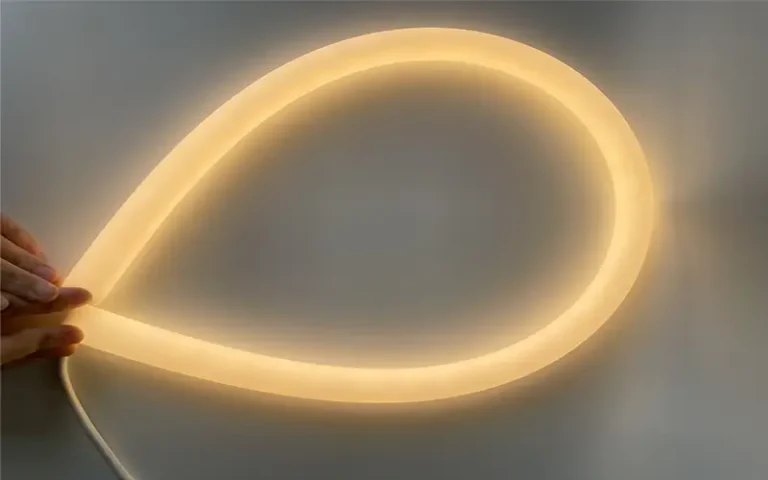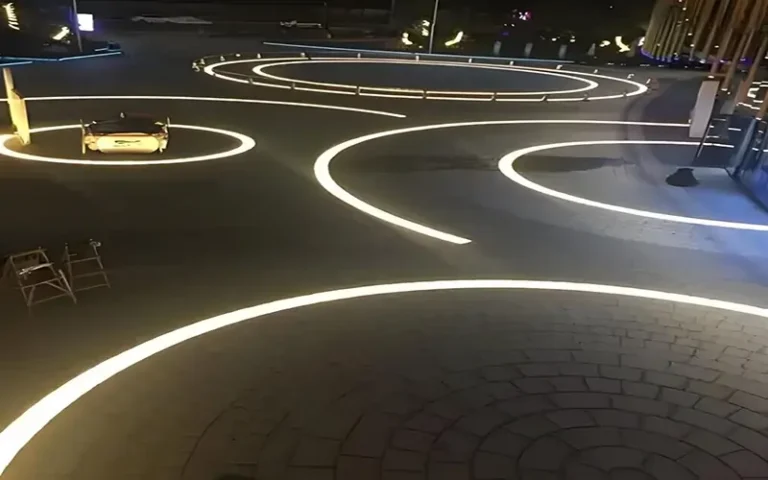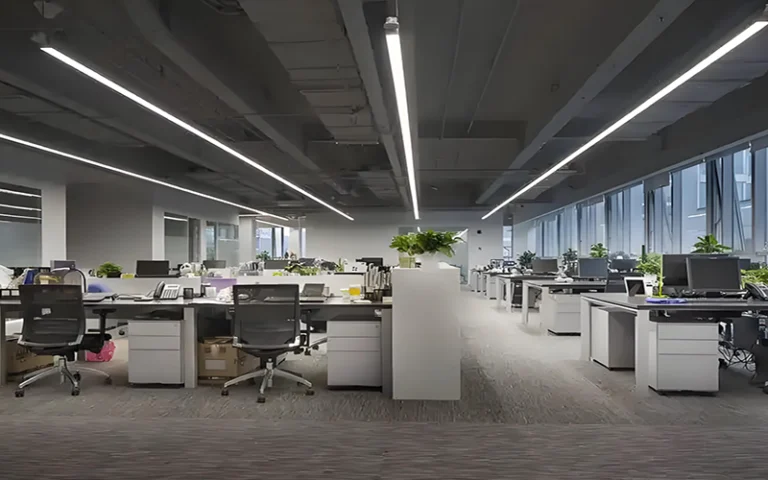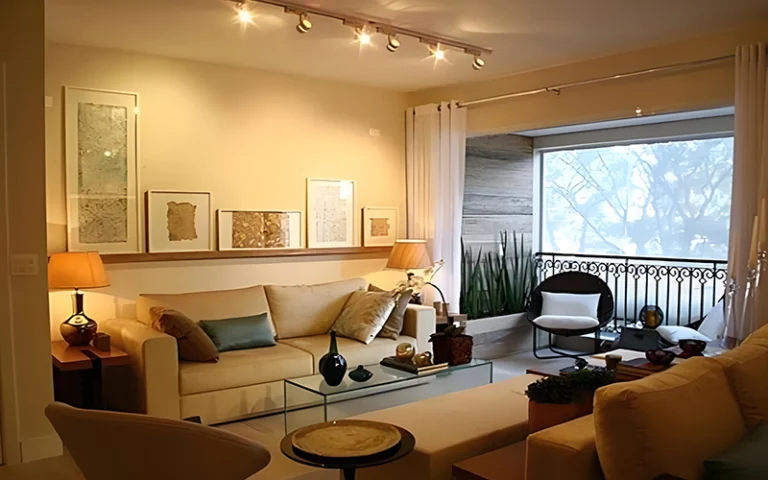LED Strip Lighting for Kitchen Lighting Shapes
Kitchen lighting is an important part of residential lighting design, and LED strip lighting are revolutionary in terms of style and function. LED light strips are stylish and versatile, and we recommend that homeowners consider LED strip lighting when decorating their kitchen lighting. It will surprise you and give you amazing lighting effects.
7 Shapes LED Strip Kitchen Lighting
LED strips are available in a variety of kitchen lighting configurations and shapes. Here are a few lighting shapes we recommend for your kitchen that uses LED strips.
Linear Lighting Along Countertops
Place LED strips directly under overhead cabinets to illuminate the countertop below. This simple and efficient installation method. LED strips are installed in this way to provide focused task lighting for activities such as cooking, chopping vegetables and cleaning.
Advantages
It eliminates shadows cast by overhead cabinets, ensuring clear visibility. Enhances the functionality of your work area by illuminating every detail.
And installation is simple, using the adhesive-backed LED strip for easy installation and a choice of diffusers for a smooth, even glow.
U-Shaped Lighting for Wraparound Counters
For kitchens with a U-shaped layout, LED strips are installed on three sides of the counter for a comprehensive lighting solution. This allows for consistent lighting for multiple work areas, making the entire kitchen more functional.
Advantages
U-shaped kitchen lighting prevents dark spots and shadows, especially in corner spaces. This creates a balanced, symmetrical look for the kitchen.
You can choose LED strips that support dimming to switch between bright task lighting and soft ambient light.
Cabinet Interior Lighting
Placing LED light strips inside cabinets is both practical and decorative. We can choose to decorate pantry, display cabinets or frequently used kitchen storage areas.
Illuminate the inside of cabinets to make items easier to find, especially in deep or dark storage spaces.
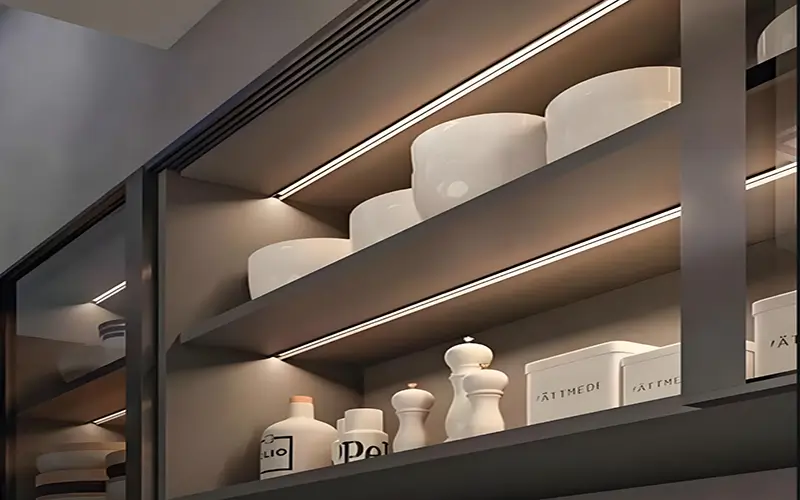
Advantages
Enhance organization by installing LED light strips to illuminate shelves and drawers. Add a subtle decorative glow, perfect for display cabinets with glass doors.
At the same time, you can also consider using motion-activated LED light strips, which are convenient and energy-efficient.
L-Shaped Lighting for Corner Kitchens
In L-shaped kitchens, LED light strips are installed on both sides of the counter to provide ample lighting for the corner area. Suitable for small to medium-sized kitchens with multi-functional spaces.
Advantages
Illuminating corner areas that are often overlooked by traditional lighting setups, it ensures even lighting for two different workstations within the kitchen, adding a sense of balance and cohesive aesthetic to the space.
Island Lighting
Provide task and accent lighting for kitchen islands used for food preparation, dining or socializing. LED strip lights placed under or around kitchen islands combine functionality with modern, sleek style.
Advantages
Mainly suitable for open concept kitchens where the island is a prominent feature. Lighting the base of the island creates a floating effect, highlighting the island as the central focal point of the kitchen.
We recommend using RGB or color-changing LED strips to add dynamic lighting effects for special occasions.
Ceiling Recess Lighting
LED strips installed in the kitchen ceiling recess add a sophisticated ambient glow to the kitchen, enhancing the overall ambience. Softens the harshness of direct lighting by spreading light evenly throughout the space.
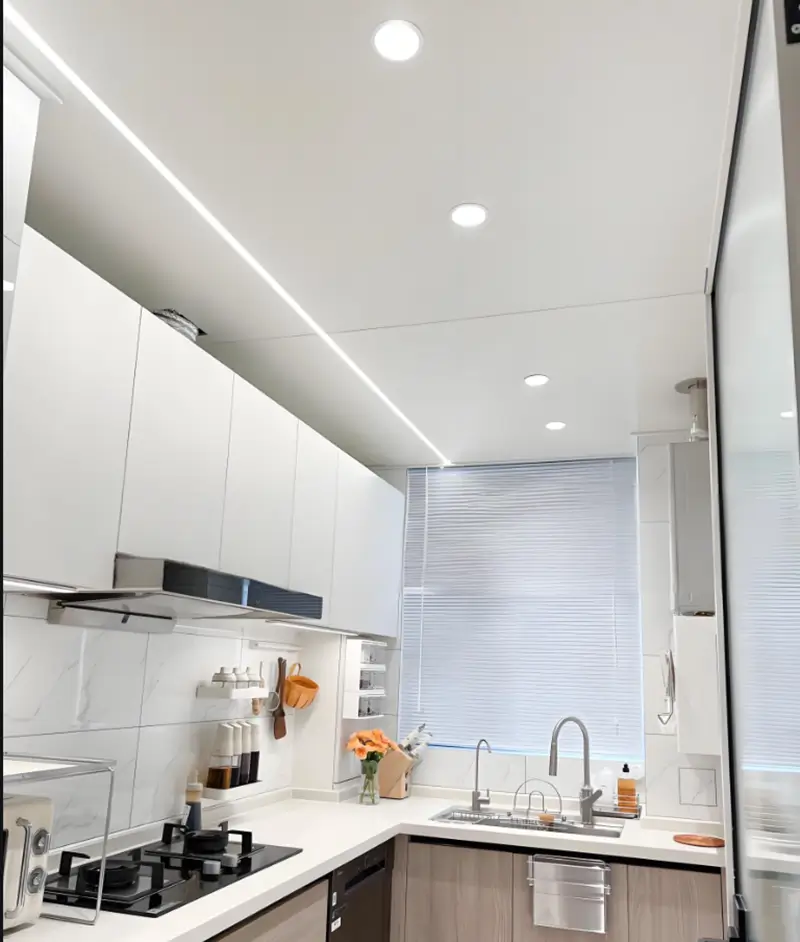
Advantages
Mounting LED strips in the ceiling adds depth and dimension to the kitchen, making it appear more spacious and complementing other layers of lighting for a balanced look.
Toe-Kick Lighting Along Floor Cabinets
Adding LED strips to the kick-down area (the recessed space beneath the cabinets) creates a subtle but impactful lighting effect. Mostly suitable for kitchens with dark floors or modern designs that emphasize sleek, clean lines.
Advantages
Improve safety, especially at night, by illuminating the floor with LED strip lights. Add a touch of luxury by highlighting the cabinet design, creating a floating effect that visually lightens heavy cabinets.
How to Choose the Right LED Strip Lights for Kitchen Lighting Shapes?
Once you have confirmed that you will use LED strips for your kitchen lighting, we need to choose the right LED strip. You can refer to the details below.
1. Flexibility and Length
If you need a unique shape for your kitchen lighting, the length and flexibility of the strip are very important. (e.g. curves, corners, or irregular layouts. Flexible strips can contour around edges and adapt to non-linear spaces, such as round counters or U-shaped layouts.
2. Brightness
The choice of brightness depends mainly on the purpose you want the LED strip lighting to be used for, such as task lighting or decorative accents. If you need task lighting, then you need a slightly brighter height, about more than 1000 lumens.
If you are using it for decorative lighting, then softer strips (such as 400-800 lumens) are ideal for mood lighting or accent lighting.
3. Waterproof Options
If you are installing LED lights in an area that will be exposed to water or moisture, such as a sink or stovetop. Then we recommend that you use waterproof LED light strips, as these are moisture-resistant and easy to clean.
4. Power supply with the right power
Depending on your kitchen setup, choose 12V or 24V LED strips. Then calculate the total power and choose the appropriate LED power supply based on the total power.
Be sure to choose LED power supplies with the same voltage to ensure efficient and safe operation. Also, be sure to use a driver with a slightly larger power margin (for example, 20% higher than required) to avoid overloading.
5. Color
Choose a color that matches your kitchen theme and function. Generally, neutral white 4000K and cool light 5000K are chosen, both of which have enough light to see the food clearly.
4 Tips for Installing LED Light Lighting in the Kitchen
Proper installation not only ensures the functionality of your LED light strip, but also extends its life and improves the quality of its appearance. Here are some steps to consider when installing LED light strips in your kitchen.
1. Plan your layout in advance
Detailed planning minimizes errors and ensures optimal light placement. It’s best to install the strip in a location that eliminates shadows on the work surface, such as under a cabinet.
2. Use Connectors for Corners
LED strips don’t naturally go around corners, so you need to prepare the corner LED strip connectors in advance. This connector makes it easy to achieve seamless lighting.
3. Choose the Right Adhesive
Although LED strips come with 3M adhesive on the back, high-quality adhesive is essential to secure the strips. For kitchens where humidity and heat are common, we recommend considering using mounting brackets or additional adhesive.
4. Test Before Installation
Before installing, always test the LED light strip for proper operation. Testing avoids wasted effort and quickly identifies faulty components.
Different Color Temperatures and Dimming Options for Kitchen LED Strips
The ambiance and functionality of your kitchen will largely depend on the color temperature and dimming capabilities of the LED strips you choose. The following color temperatures are the most commonly used for kitchen lighting. More information, pls kind check What is Color Temperature of LED Light Strips?
1. Warm White (2700K-3000K)
This warm light color temperature of 3000K is designed to create a cozy, warm feeling in traditional or vintage-style kitchens. Perfect for evenings or a relaxing environment.
2. Cool White (4000K-5000K)
Neutral White 4000K and 5000K are great for modern kitchens that emphasize a sleek, modern look. Because its light is bright and crisp. It will increase efficiency for tasks like cooking or cleaning.
3. Adjustable Color Temperature 2700K+6500K
Some LED strips allow you to switch between warm and cool tones, such as with the dual color temperature LED strip 2700K+6500K, providing flexibility for different times of day or activities.
4. Dimming Features
Dimmable LED strips control brightness and are both practical and energy-efficient. Use them in kitchens for a variety of purposes, from meal preparation to family gatherings.
Conclusion
When choosing LED light strip shapes to decorate your kitchen lighting, remember to consider the overall design of the kitchen, including color schemes, materials, and furniture. With creativity and planning, you can transform your kitchen into a stunning and functional space. We are a LED strip lights factory, please consult us.

